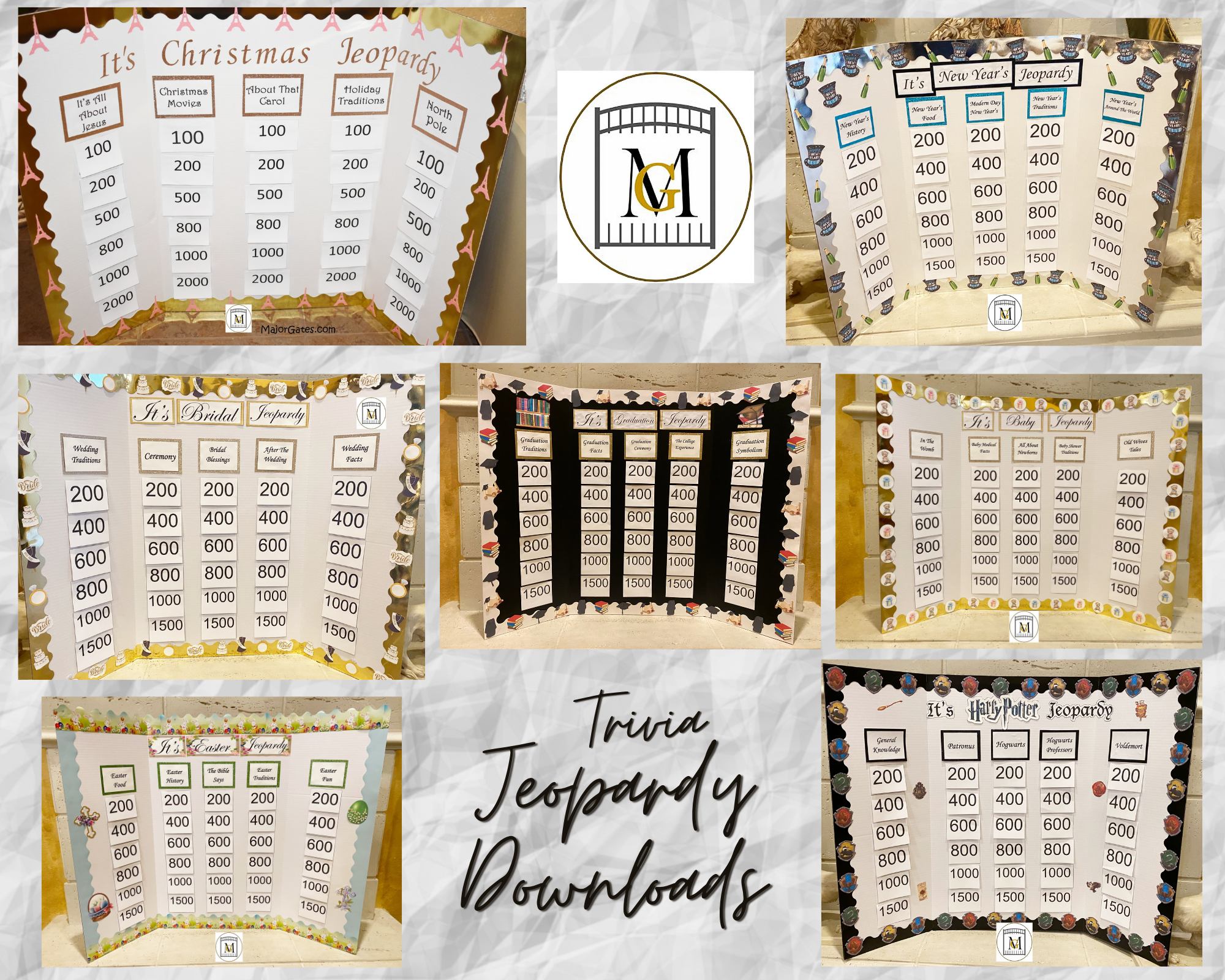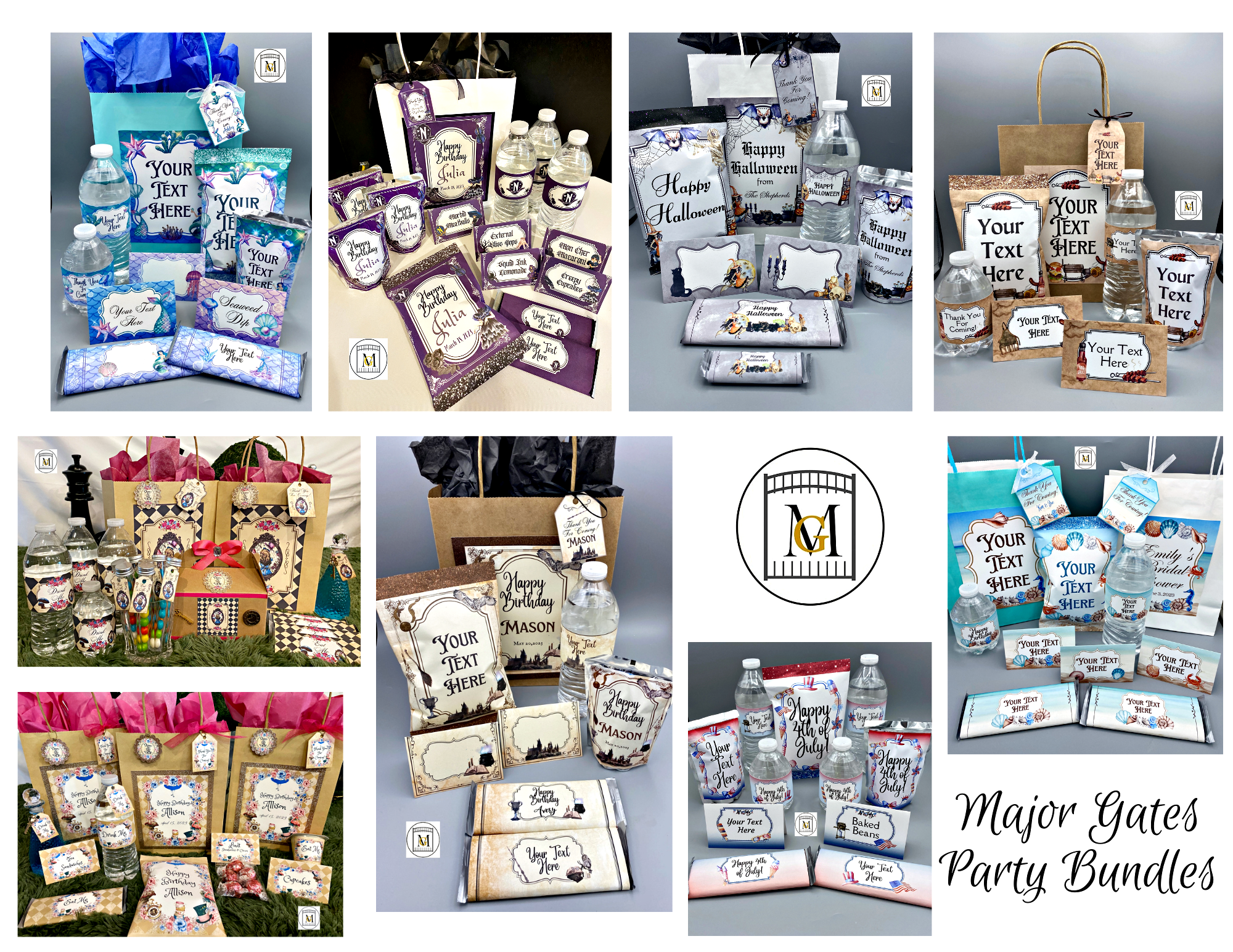SHTF Checklist
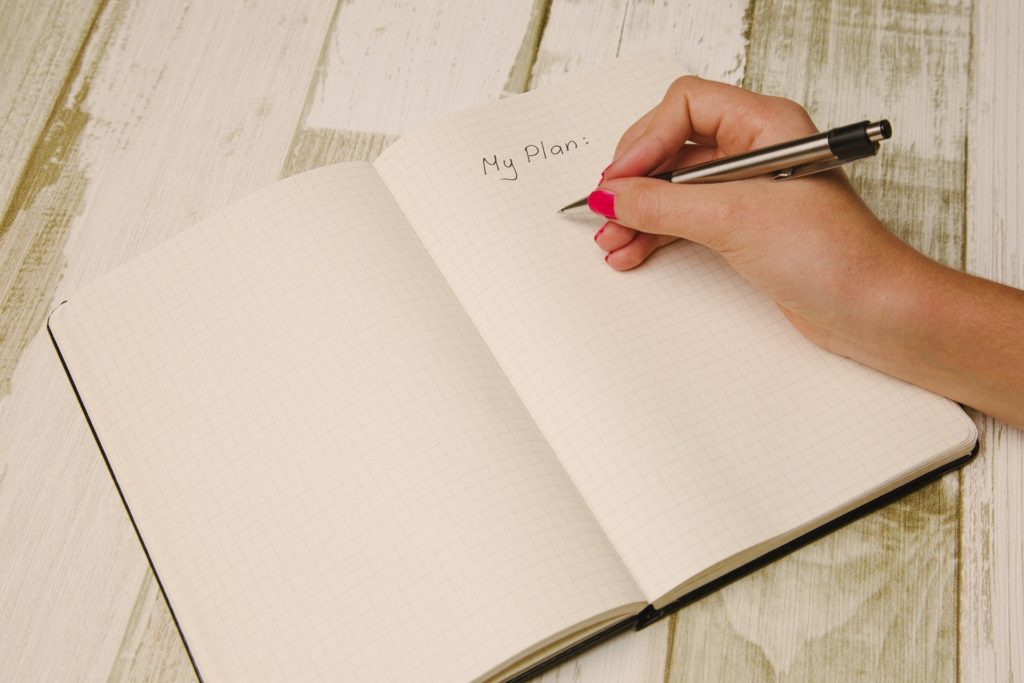
What does your family SHTF checklist look like? This is one checklist that should be tailored to your immediate family. This checklist should cover a few key categories. These categories include: water, medical, home maintenance/repairs, communications, household supplies and food. So whether it is a natural disaster, power grid/gas/water failure, threat of war, actual war, or food/supplies shortages, you need to know what you need and what is most important to you.
In this post, I will discuss some things to consider. This will help you to start to take inventory and determine what you need to get for your family. Emergency planning takes time. Some items may take a while to locate or have delayed shipping times. So make a list first, research pricing and then establish a budget to get what you need.
There are many benefits with starting early or as soon as you can. First of all, you can take advantage of sales and get the quality of the item you want. Therefore in emergencies, prices go up, tensions are high, items are gone and you are left to purchase what is available or do without.
Also, you may have to evacuate. Are you ready to do that in 10-15 minutes with the essentials needed for your family? Create a plan to leave and have bug out bags ready to go. What food would you scramble to have in your vehicle to survive days?
Don’t Forget To Follow Me On Pinterest!
To see my available Jeopardy/Trivia Party Downloads, click here: https://majorgates.com/product-category/jeopardy-trivia/
SHTF Checklist Food
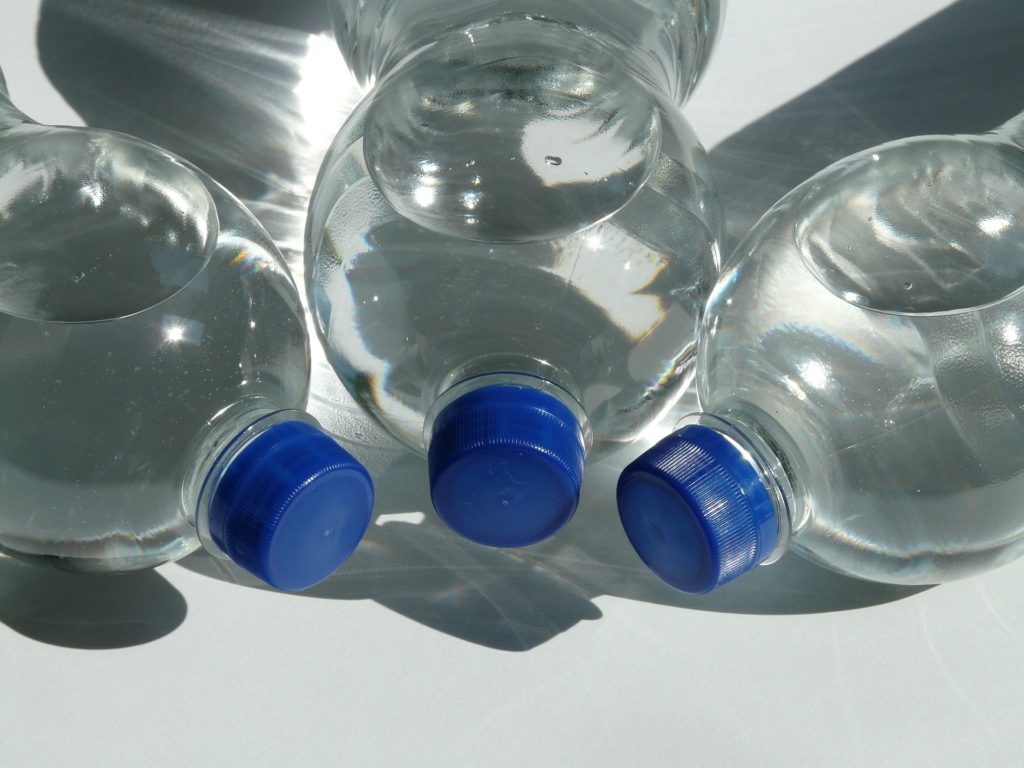
- Water – the most important essential of all. You have to have water to survive. Determine how much water you want to keep on hand, how to purify contaminated water and how you will store additional water in an emergency. For example, if the water is cut off or the water treatment facility fails. How will you flush your toilets, wash your hands, clean off contaminants, etc.?
You have to re-buy water purification pills every couple of years because they do expire.
- Long-Shelf Life foods -things like rice, beans, pasta, can goods, flour, sugar, salt. You need to know the real shelf life of foods in their original packaging and if you need to repackage into Mylar bags, Aluminum Cans or glass jars. So a great way to get started storing food, is instead of buying one of something, buy 2 or 3, especially when things are on sale. Remember that the “Best Buy” date only means that the end user will have the same experience when they open the can by that date. Can goods are usually good for another 2-4 years past that date. So the color may change a little, but the food is still good. Only if the can has bubbles when you open it, has a funny smell or taste is the food bad. Rice, flour, beans and pasta can be stored up to 20-30 years if you re-package.

NOTE: You should not ever store food in the garage, attic or anywhere that is not dark and cool. Oxygen, temperature and light are what deteriorates food. So make your plans to store indoors and get creative.
If you are looking for some new great recipes, visit my Recipes section here: https://majorgates.com/category/recipes/
For more DIY preparedness information, visit my DIY section here: https://majorgates.com/category/do-it-yourself/
See my post about long-shelf life foods here: https://majorgates.com/do-it-yourself/long-shelf-life-foods/
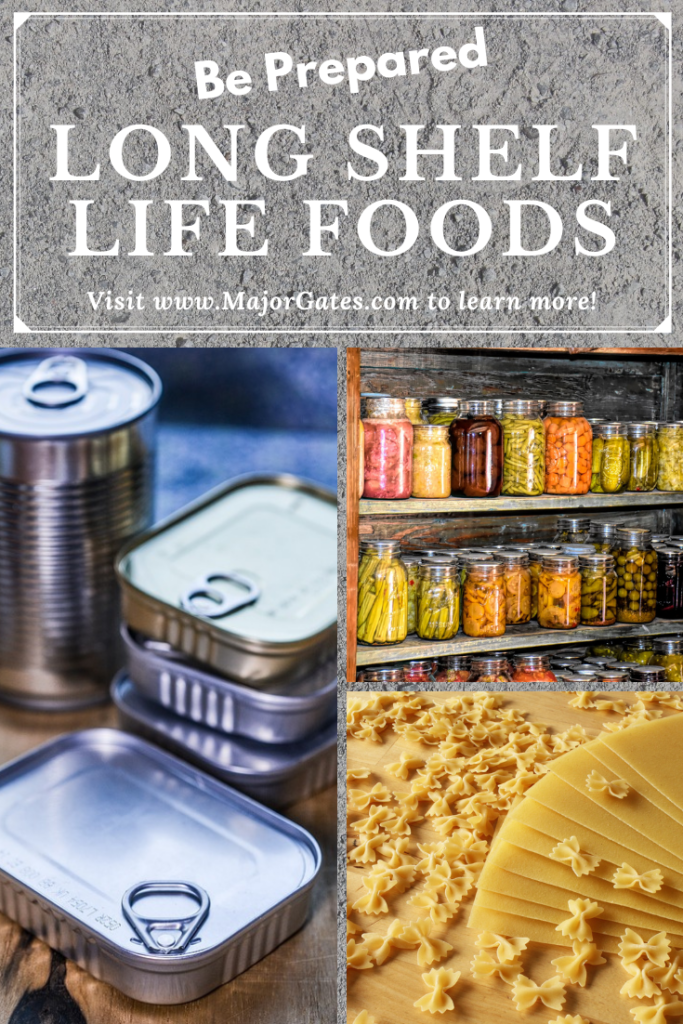
- Food to Get – The important thing to remember about food is to stock up on things you like and rotate them. When you purchase the same item again, place it behind the one you already have. Purchase what you like and use it. Having extra just covers your family in cases of emergency. In times of crisis, many people are stuck buying and eating what is available and much of it, they will not like. A friend of mine, explained to me that food storage is just like having food insurance.
- Lastly, consider what food you will want to eat in a 24 hour locked down shelter, or if you have to evacuate in a very short window. This should be food that you can eat straight out of the can, peanut butter and jelly sandwiches, chips, crackers, cookies, pudding, granola bars, can meat, etc. Again, make sure it is food you like to eat, and have a checklist of what to quickly grab for your shelter or if you had to go.
SHTF Medical

- Medications – keep your medications filled and try to switch to 60-90 day supplies. Many insurance companies cover this. Some medications will only fill at 30 day supplies. If you have notice an emergency event is coming, try to get your medications filled as soon as you can.
- Special Items – such as Potassium Iodide pills for a nuclear attack, water purification tablets, pain reliever, allergy medication (even if you don’t have any known allergies) and vitamins (like C, D, E, A and Calcium). If you can not eat as you normally would, vitamin supplements will be essential.
- First Aid Supplies – items needed for bandaging, treating burns, wide wounds, instant cold packs, cleansing wounds and disinfectant. Have items to treat chemical burns as well. Don’t forget eye wash, eye drops, ear drops, medical scissors, medical tape, thermometers, butterfly closures, and sterile gloves.
- Take the time to print out instructions for simple medical procedures like stopping bleeding, CPR, choking, closing wounds. Consider also getting emergency blankets and emergency ponchos (will keep you dry and warm).
Maintenance and Home Repairs
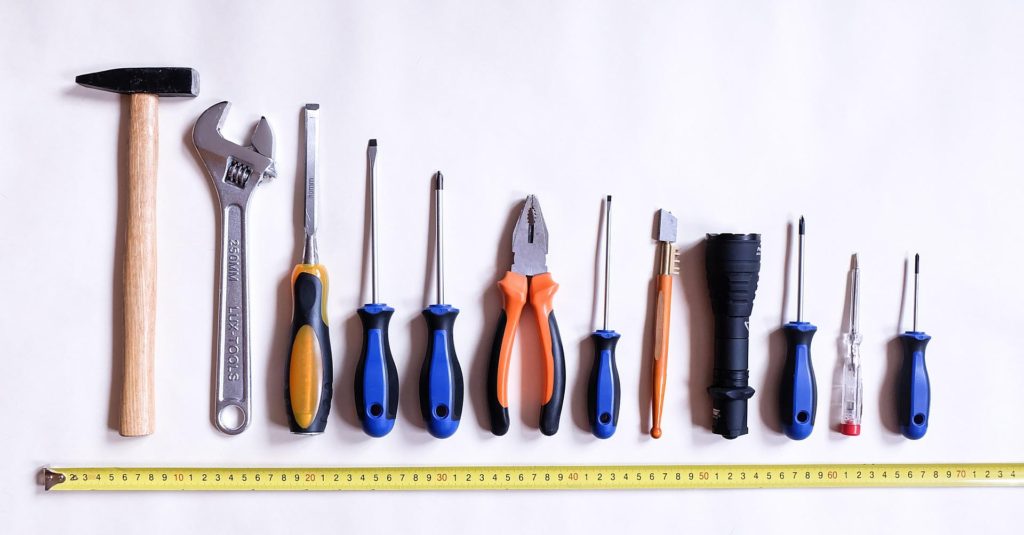
Do you know how to do simple home repairs, shut off emergency valves and know were your tools are? Consider printing out some basic home repairs in case the internet is down and place in your emergency binder.
- Tool Kit – have an easy to access tool bag that includes: hammer, multi-screwdriver, wrench, tape measure, mallet, duct tape, scissors, staple gun, nails and screws.
- Power tools – power drills, chain saw, circular saw and extension cords.
- General tools & supplies – axe, shovel, trash cans, heavy duty trash bags, heavy duty tarps, foam sealer
- Keep your house maintained. Take pictures of your home, inside and out annually for insurance purposes. Service your A/C-Heating system and change the air filters. So maintain the yard by trimming trees, bushes and cutting the yard. Take out as much trash as you can, prior to upcoming emergencies if you have prior notice. Keep a handwritten emergency or household book where you track maintenance and have important numbers for insurance, plumber, roofer, tree cutting company, electrician, fence repair, 411, and local offices and churches. Many churches are great resources for emergency coordination and help.
Portable Generators
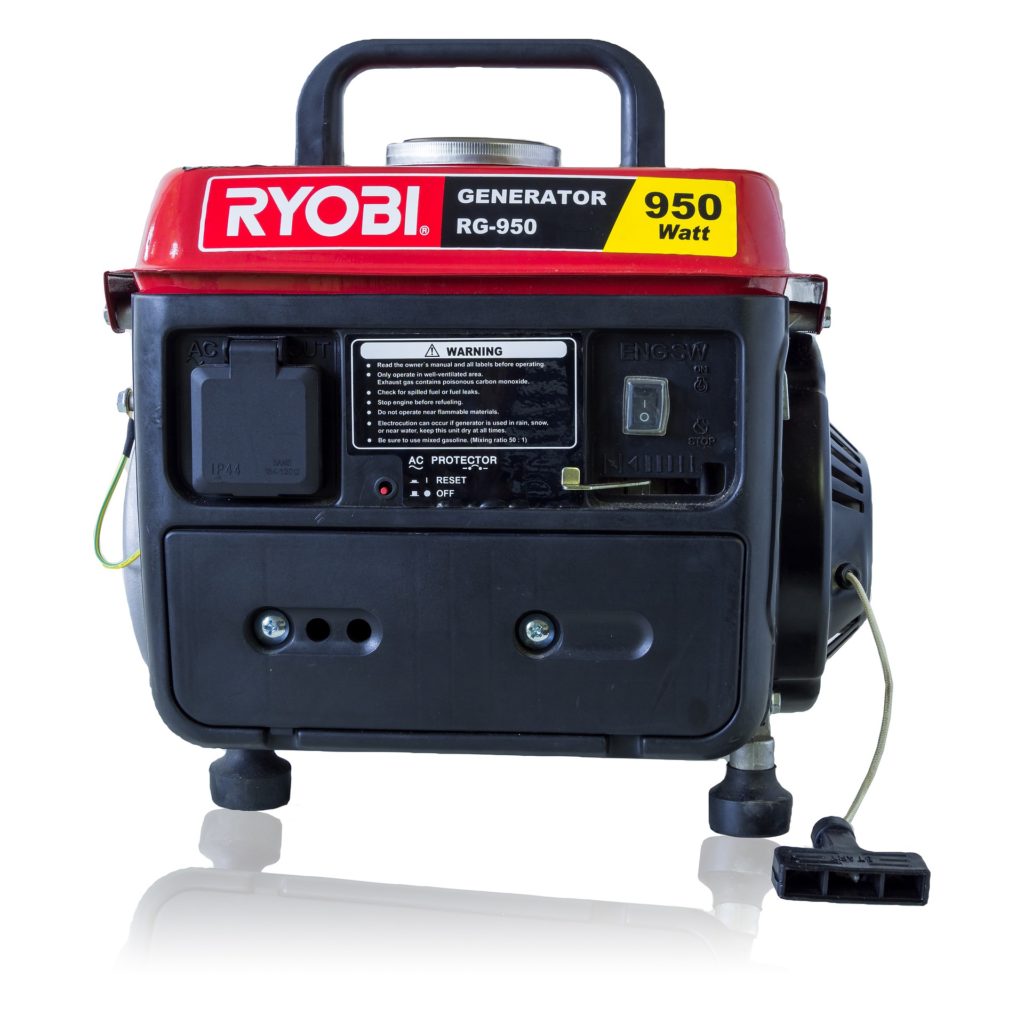
Consider getting one in the off season that will supply your most common power needs such as a refrigerator, internet, TV, the stove and a few lights. There are many options out there, such as multi-fuel and solar. You need to figure out what you would like to power and the watts you estimate to use in order to purchase the right size generator. During a disaster, portable generators sky rocket in price and are hard to come by.
They make portable generators that will power the entire house. If you do get one of these, you will need an electrician to install a transfer switch in your electrical box. And you will also need an exterior plug. Other than the electrical work, you can take it with you if you move. They have stand-alone installed gas generators that will switch on automatically, but these are expensive and have long wait times for installation at present. Also, the gas grid has also not been tested to capacity of powering tons of houses during a disaster. So the pull may cause some disruptions as well.
Solar portable generators are more expensive. To achieve the same whole house max load as the gasoline/propane generators, you would need multiple units and multiple solar panels. So most people choose a few things to power with a solar generator, so they only have to get one. They are great for powering critical appliances, lights and charging things. So make sure to purchase one that is expandable if you need to add more power.
Solar generators can be charged by electrical outlets, the car, EV stations and the sun. They are the most reliable in that sense because the sun comes out. So if gasoline or propane are scarce, you are covered by the sun. You can also charge them while in use, so you do not need to unplug the fridge in order to charge. I like how you can use it indoors and don’t have to worry about CO2 poisoning or theft. So before purchasing, make sure you check the watts, amps and volts of what you plan on plugging into it. If you need AC output of 120, do not buy a unit that only accepts max 110. So pay attention to what you need for large appliances.
SHTF Communications
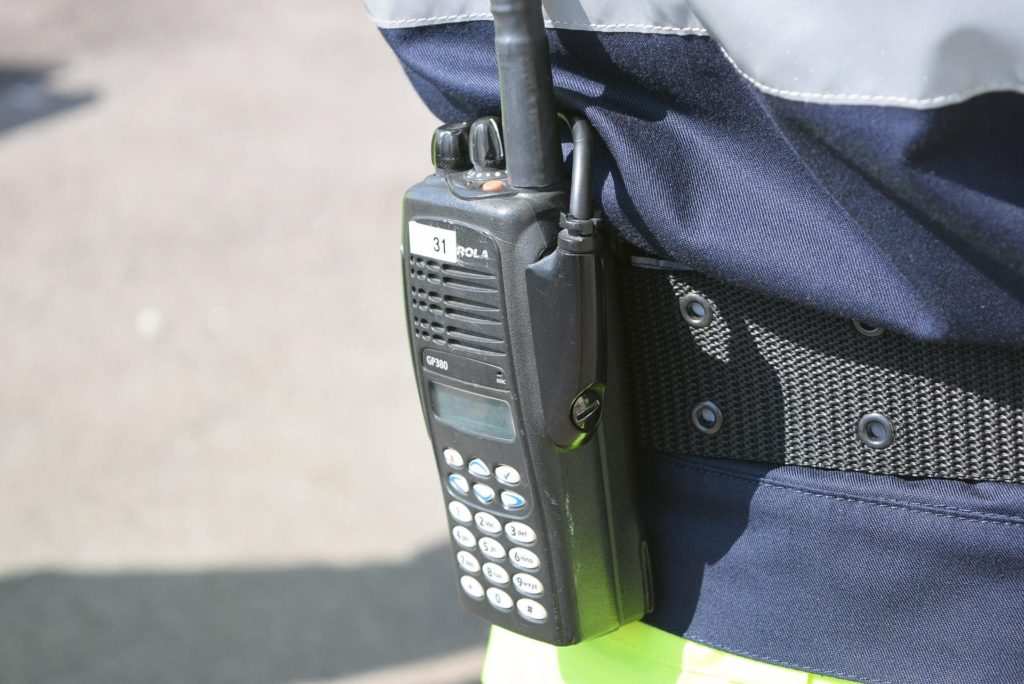
If communications go really down, with no internet, your phone will be useless. People with land lines will be able to make calls. Long range walkie talkies will allow you to communicate. So just be prepare to communicate without your cell phone.
Handwritten or typed Contact List – have a printed list of contacts. This should include family, friends, doctors, maintenance & repairs, local offices, local police, local fire, local ambulance, local churches, pharmacy, and insurance, financial companies (bank, credit cards, investments).
Get to know your neighbors – neighbors can be critical to survival and help in a crisis. Get to know them and build relationships.
SHTF Checklist Household Items
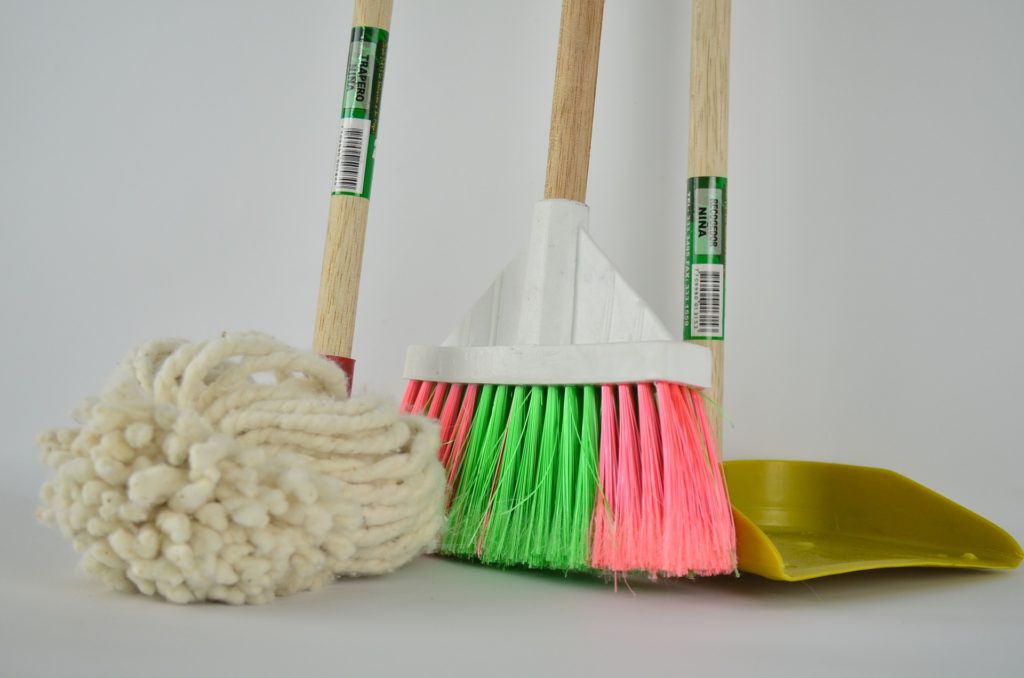
- Cleaning Items – bleach, vinegar, Clorox/Lysol wipes, detergent, dish liquid, Lysol spray, sponges, clothesline, clothespins, mop & bucket(s)
- Hygiene Items – toothpaste, toothbrushes, soap, shampoo, feminine products, deodorant, lotion, hand sanitizer
- Paper Products – toilet paper, paper towels, napkins, paper plates, plastic utensils, paper cups,
- Lighting – lanterns, solar lights, candles in glass jars, flashlights, headlight lights, battery operated candles or lights
- Shelter items – games, books, can opener, blankets, pillows, emergency crank radio, walkie talkies, swiss army knife, gun(s), ammunition, tarps, duct tape, water, first aid kit, medicines, important documents, tool bag, emergency food tote, emergency supplies tote, emergency binder, tablets, laptops, chargers, scissors, pen/pad, baby items, pet items
For more information on how to prepare for emergency household items that are non-food, click here: https://majorgates.com/do-it-yourself/emergency-preparedness-supplies/

On a lighter note, to see my available Party Label Bundle Downloads, click here: https://majorgates.com/product-category/party-bundles/
